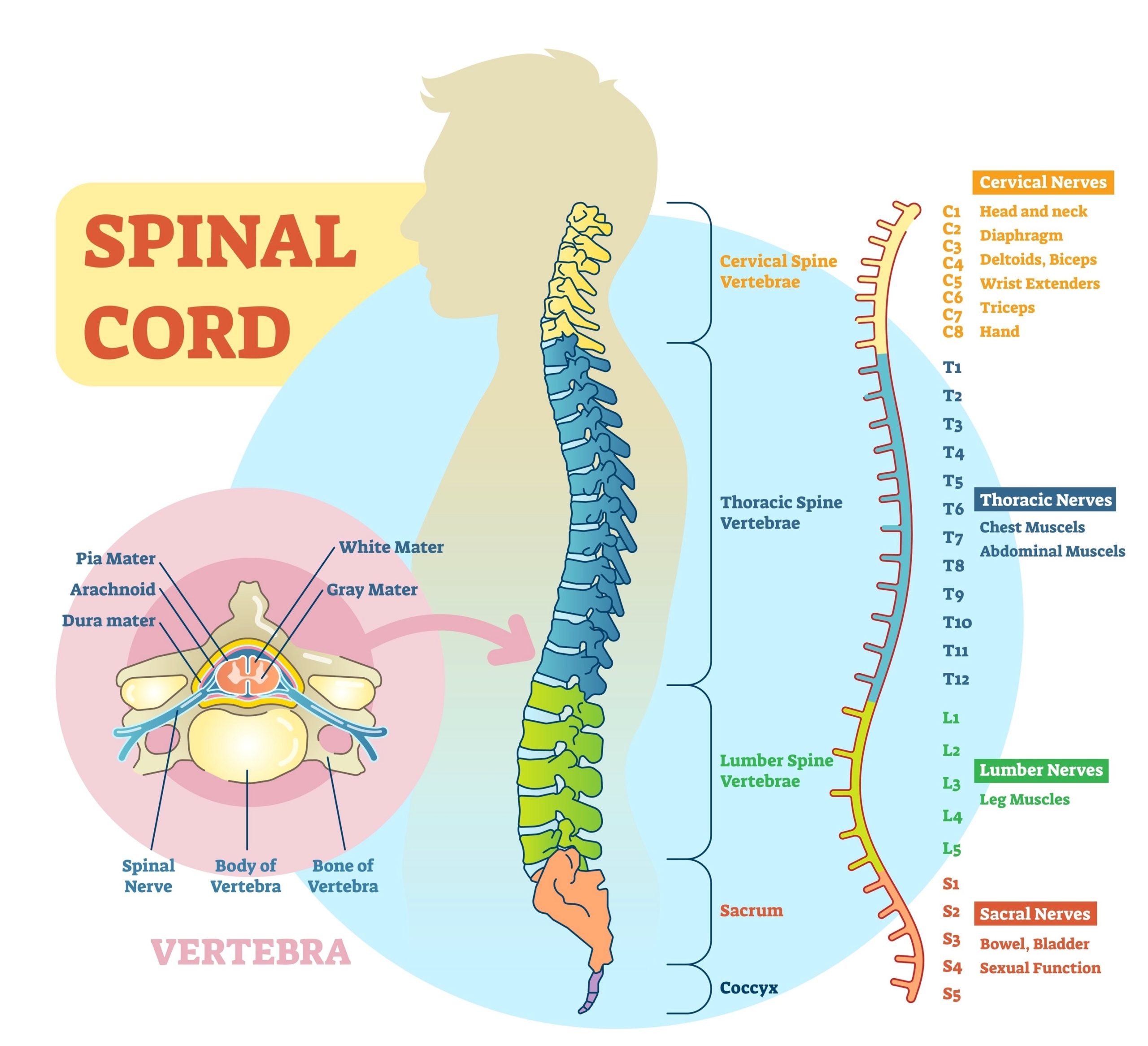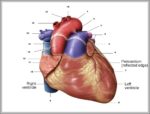Most people are familiar with the basic function of the spinal cord—how it acts as a relay that carries signals from the brain to the rest of the nervous system. This bundle of nerves is protected by the spinal column, which many confuse for the spinal cord itself because of how the two are talked about almost interchangeably.
The spinal cord is made of soft tissue and surrounded by bones (vertebrae). It extends down from the base of your brain and contains nerve cells and groups of nerves called tracts, which go to different parts of your body. The lower end of your spinal cord stops a little above your waist in the region called the conus medullaris.
The spinal cord is made of soft tissue and surrounded by bones (vertebrae). It extends down from the base of your brain and contains nerve cells and groups of nerves called tracts, which go to different parts of your body. The lower end of your spinal cord stops a little above your waist in the region called the conus medullaris.

Spinal cord explained scaled
Posted inDiagrams

